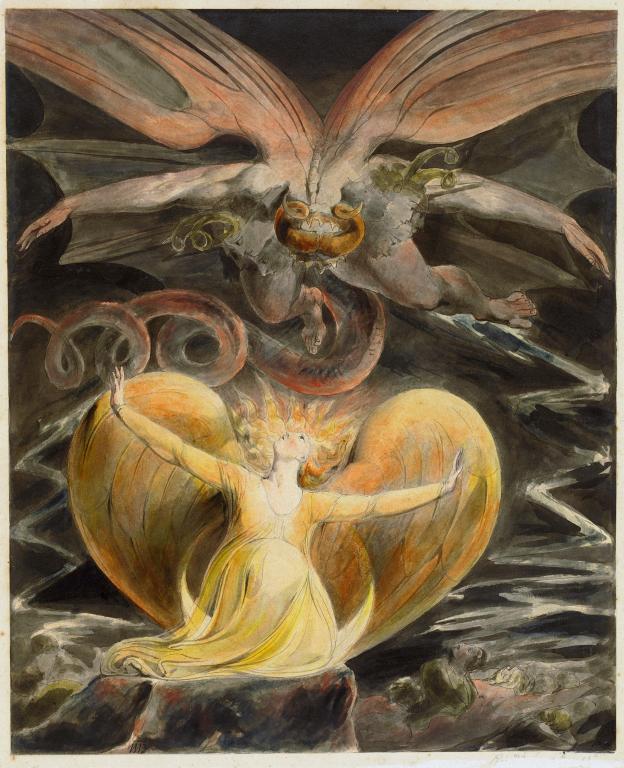UVU Romantic British Literature (Spring 2021) Dashboard
Description

UVU 3650: Romantic Tensions: Conflict And Upheaval in Romantic Literature
Spring 2021
The Romantic period is unique amongst other literary historical periods; it is neither demarcated by, or named for, the reign a monarch (like the Elizabethan or Victorian eras), nor is it defined by the century with which it coincides (like the Twentieth or Twenty-First Centuries). Instead, the Romantic period is bookended by major political and social events. Named for a literary genre recovered in the eighteenth century (the medieval romance), the Romantic period is generally agreed to have ended in 1832 at the first major reform of the British Parliament, but its beginning could be considered to coincide with a variety of events, such as the 1776 American declaration of independence, or the 1789 commencement of the French revolution. In general, the literature of this period might be characterized as reactionary; Romantic critics and artists were responding to the period’s radical social and political shifts and to the British literary tradition’s overemphasis on classical influences at the expense of other genres and modes of expression. In many ways, they were confronting their own political philosophy, artistic ancestry, and the trauma and turbulence of near-constant war.
This course explores these confrontations through four loosely-constructed units that cover the political debates and artistic innovations fomented by the French Revolution, the challenges posed to gender norms by Romantic women writers, the passionate efforts of abolitionists to raise awareness about the horrors of slavery, and the radicalism espoused by some of British literature’s more (in)famous poets.
Image: William Blake, The Great Red Dragon and the Woman Clothed in the Sun, The Yorck Project (2002), Wikimedia Commons. https://commons.wikimedia.org/wiki/William_Blake#/media/File:William_Bla...
Galleries, Timelines, and Maps
Individual Entries
Situated at the end of Champs-Elysées in Paris, Place de la Concorde is a townsquare with a bloody history. The title directly translates to Peace and Harmony, and was built in 1757. The square was originally given the name ‘Place de Louis XV’. During the French Revolution, a bloody war, the square changed dramtically. In 1792, the statue at the center was destroyed and and the square was renamed, Place de la Revolution (Revolution Square). During this revolution, the guillotine -- an instrument used to behead people -- was placed in the square, and Place de la Revolution soon turned into a bloodstained stage for all the world to witness as...
The Pump Room was a popular place in Bath and still is today. The thermal waters of Bath were a popular thing for people not only to bathe in but to drink, hence the name Bath. The water in Bath was thought to be healing, and people would come from around England to experience the healing waters. People would drink from the stream, and thus William Oliver (a doctor of the time) persuaded the city of Bath to build a building to shelter the drinkers. It was completed in 1706. The Pump Room became a popular place, not only to drink the waters but to promenade and walk with friends. Jane Austen describes the Pump Room in her novel Northanger Abbey as well as her novel Persuasion. It is described as a popular place there as well. People referred to attending the Pump Room as "taking the waters". It is interesting that they believed something was special about the waters of Bath, but indeed it might just be that people did not drink enough water at the time...
more